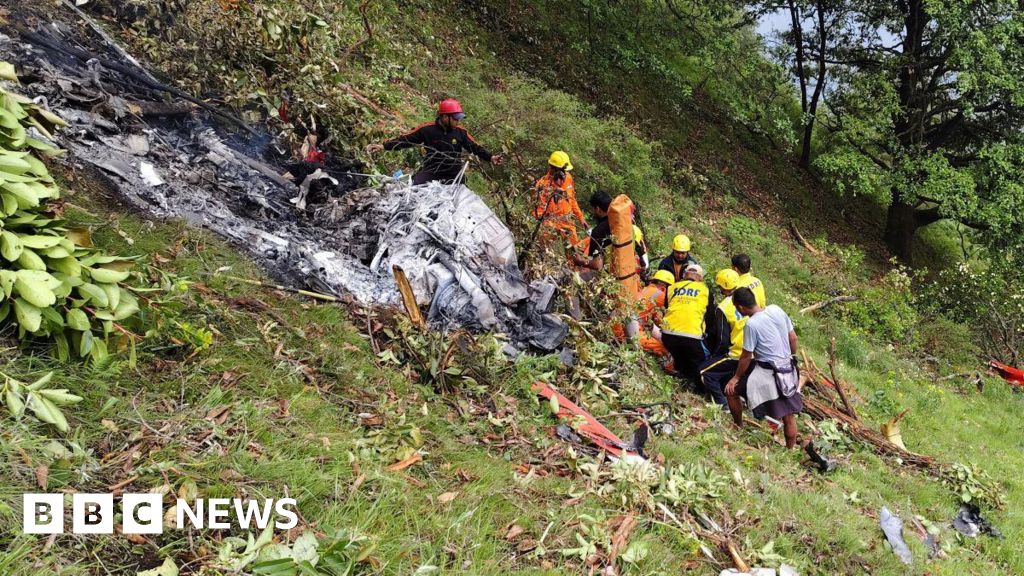Blockchains can stop working for a while, sometimes for hours. On June 1, TON stopped producing blocks for 40 minutes, and a few nodes required updates. It recovered quickly.
Among the recent outages across major platforms, including Google Cloud and ChatGPT in June 2025, the world is seeing how even the most advanced systems can fail.
But some view blockchains as a more resilient form of public infrastructure.
“Data should be stored permanently and, on the blockchain, it can be — immutably and verifiably,” said Phil Mataras, founder of the permanent cloud network AR.IO.
He called the outages “another wake-up call that we must start to make that transition.”
As decentralized systems rely on a distributed network of participants, who is to blame when this happens, and what are the dangers for users, their investments, and the projects built on them?
Outages of this kind are not uncommon in blockchain networks. They disrupt access, delay transactions, and shake user confidence.
Decentralized finance (DeFi) platforms, non-fungible tokens (NFT) markets, and bridges may stop working. Time-sensitive trades can fail. For smaller chains, repeated outages can drive users and developers away.
When no one can act quickly, problems can linger and trust can erode.
This article explores why blockchains can experience errors or pauses, who is responsible when they do, and what safeguards are in place to protect users and systems.
Are Blockchains Breakable?
People often describe blockchains as unbreakable systems because of their high resilience, but they can also fail.
You’ll Want To See This
These decentralized systems use distributed computers or nodes that each store a copy of the data.
This setup makes them resistant to single-point failure, in which one faulty component can bring down the entire system.
Once data enters the blockchain and reaches confirmation, the system makes it nearly impossible to alter.
Cryptographic hashing and consensus mechanisms like proof-of-work (PoW) or proof-of-stake (PoS) protect the data.
For example, hackers have never successfully hacked the Bitcoin blockchain since it launched in 2009. There have only been two reported periods in which parts of the network temporarily disagreed on the valid chain. These were short forks caused by software issues, one in 2010 and another in 2013.
However, failures can happen for different reasons. Networks can become overloaded when transactions pile up, and chains can halt when block production stops because of technical or structural issues.
Blockchain failures can happen due to the following reasons:
- Bugs in the code: Flaws in the protocol or smart contracts.
- Validator outages: Key nodes go offline and stop confirming transactions.
- Network attacks: Hackers may launch denial-of-service (DoS) attacks, take over the system through 51% attacks, or use social attacks to manipulate node operators or developers.
- Misconfigured upgrades: Faulty updates disrupt consensus or prevent new blocks from being added.
- Quantum computing risks: Future advances could break the cryptographic protections that secure blockchain data.
Centralized systems usually have dedicated IT teams that can respond quickly. Blockchains do not. Without central control, these systems carry real risks when something goes wrong.
Decentralization’s Double Edge: No Owner, No Blame?
Users can use a blockchain to hold their funds, vote as a group, and bypass national borders.
But when funds are lost, there is no one specific entity responsible for helping others. When bugs appear, fixes can take time. As a result, these systems can provide freedom, but the cost can be accountability.
| Features | The good edge: no owner | The sharp edge: no blame |
| Accountability | Free system, no central control | No help, no one to blame |
| Control | Code rules, no single boss | Slow fixes, no clear leader |
| Fault tolerance | One fails, rest keep running | Mistakes stay, can’t roll back |
| User recourse | Users hold funds, full control | Lost funds, no way to recover |
| Regulation | Cross-border use, no restrictions | Rules unclear, no legal target |
| Community | People build and vote together | Fights slow progress or change |
| Security | Open code, all can check | Bugs stay, no fast response |
However, the nature of blockchains also prompts users to become part of a community that shares risks, builds trust through use and code, and decides how the system should evolve.
When failures happen, users have a reason to help: Their funds and interests are at stake, and they rely on the system working.
When Blockchains Stall: Examples of Network Outages
Decentralized systems aim to stay online at all times, but even they can stop. Sometimes, the network slows down, stops processing transactions, or pauses by choice. These outages may not necessarily involve stolen funds but still disrupt access. Each case shows how decentralization spreads control, yet limits fast recovery.
BNB Smart Chain Halt (2022)
- What happened: After a $570 million hack on a bridge, BSC validators paused the entire network to stop more damage. All activity froze for several hours.
- Solution: Validators coordinated behind the scenes and restarted the chain.
- Why it matters: BSC is called decentralized, but validator control made a fast pause possible. This shows how centralization can step in under pressure.
Polygon zkEVM Outage (2024)
- What happened: Polygon’s zkEVM experienced a 12-hour outage after a temporary chain split on Ethereum caused a sequencer failure. The system used incorrect timestamps and stopped block production.
- Solution: Polygon’s Security Council paused parts of the system using emergency powers and later restored full operations.
- Why it matters: The quick fix depended on a small, centralized group, raising concerns about how much control exists in a network labeled as decentralized.
TON Blockchain Outage (June 2025)
- What happened: TON block production stopped for about 40 minutes due to an error in its masterchain dispatch queue, which disrupted the main chain’s data processing.
- Solution: The core team patched the issue by updating a few masterchain validators. Activity resumed shortly after, and no user funds were affected.
- Why it matters: The fast fix showed strong internal coordination, but the outage raised concerns about validator dependence and how central teams manage technical risks in so-called decentralized systems.
As Blockchains Go Mainstream, So Does the Need for Fail-Safes
Blockchains are becoming part of the core public and financial infrastructure. As this role expands, so does the demand for strong safeguards and shared responsibility.
Projects like Ethereum, Polygon, and Avalanche now include regular audits, bug bounties, and insurance features.
Others, such as MakerDAO and Optimism, test circuit breakers and pause functions to stop damage during failures.
Other solutions include new rules for rollback limits, which define how far a chain can reverse transactions after failures, transparency standards, and how governance decisions should work.
These measures aim to protect users and keep networks resilient without shifting full control to central actors.
Conclusion
Blockchain networks promise resilience, but they can still experience outages. These disruptions interrupt services, delay transactions, and reveal the limits of decentralized design.
No central party steps in during failure, so users carry the risk.
Projects now add audits, insurance, and emergency tools to protect systems. Communities shape recovery through votes and code.
As blockchains become increasingly important, developers and users must balance freedom with responsibility.
FAQs
If I lose funds due to a blockchain outage, who is responsible?
Usually, no one. Blockchains are decentralized and open-source, and users interact with them at their own risk. There is rarely a legal entity liable for failures.
How do blockchain communities typically respond to major network failures or exploits?
Communities often debate responses in governance forums, propose patches, issue refunds if possible, or roll back transactions in extreme cases. Responses vary widely depending on the project.
Are there any insurance options available for users to protect against blockchain outages?
Yes, some decentralized insurance platforms like Nexus Mutual or InsurAce offer coverage for smart contract failures and exchange hacks, but coverage terms are limited and not standardized.
Was this Article helpful?


















